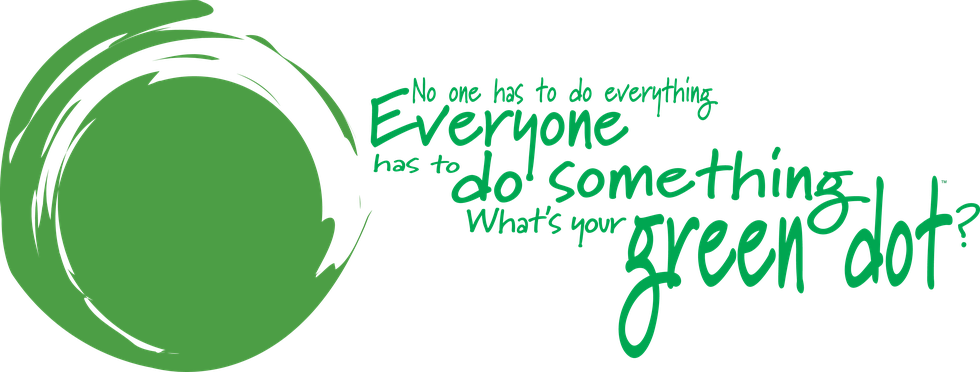This past Sunday I attended RWU’s 7-hour Green Dot training on bystander intervention. We live in a community in which violence is somewhat of a norm, sexual violence in particular in many campus communities. We sit through presentation after presentation, lecture after lecture wanting us about sexual assault on campus, drill statistics into our heads like 1 in 4 women will experience a sexual assault while in college. But somehow, after all this, we join the campus community, and still have no idea what to do when we encounter such a situation.
I don’t think the presentations and online counseling we do as a freshman is what we need as a community to change. How do we listen to statistics and warnings as freshman that have yet to venture out and go to a college party? We don’t really, it doesn’t sink in, it’s not real for many of us and still isn’t for many upperclassmen.
What we need is more small programs like Green dot training, spread out shorter lectures that aren’t warnings or statistics but observations, presentations of experiences people have been lucky enough to avoid but need to know how to handle.
Learning about and understanding the psychological concept of the bystander effect was more influential to me than any presentation on sexual violence. People don’t act, or react or help in situations that so desperately need someone to have a reasonable voice.
Why do bystanders what violence happen in our community?
- They are waiting for someone else to step up.
- They think it’s not their business.
- They are afraid they are seeing the situation wrong.
- Their friends tell them not to get involved.
- They afraid to directly confront anyone and don’t know they have so many other options.
- Distract the people involved: cause a scene, get them involved in the group, if someone is drunk it’s pretty easy to pretend to be their friend and lead them away for a non-suspicious reason.
Domestic violence, intimate partner violence, sexual assault and rape are not subjects that should be kept quiet but also not something that should be a lecture on, we need more conversations about these topics like the ones facilitated in the Green Dot training for our small group.
Green Dot is a movement that has decided that what we need as a society are positive people to offset the negative. Green Dots are positive actions against violence in the community. They are anyone that chooses to be more than a bystander and to speak out in situations of sexual assault and domestic violence. They are the friends that say “no she’s not going home with you, she’s drunk”, the friends that step in and say "he may be your boyfriend but he is not your boss”. Red Dots are those who abuse their significant others, those who choose to have sex with someone who either is incapable of giving consent or has simply said “no”.
For many green dots acting requires spotting the violence, so start opening your eyes, not everything fits in a cookie cutter, domestic violence doesn’t mean bruises, sexual assault doesn’t mean screams.
Domestic violence is complex and may be things we miss the signs of because many people do not know the many types.
- Physical
- Emotional: they only “love” their significant other if they…
- Mental: self-esteem
- Social: isolation
- Financial
- sexual
- Drunk girl our guy going home with someone after a night out that they won’t remember in the morning.
- Someone encouraging someone else to get drunk with an ulterior motive.
- A guy getting slightly too handsy while dancing with a drunk girl that no one really knows would want it.
- Intimidating someone to the point that they believe they need to sleep with you.
- Rape: sex without consent (no further explanation needed; IT'S NOT COMPLICATED)
Sexual assault can sadly look normal in our environments.
I don’t think I needed a Green Dot certificate to know I am not a bystander in any situation. But it was nice to see a program capable of making a difference. A program encouraging people to stand up against violence, with people that embody what it means to be brave and confident despite societies complete support and understanding. There are many green dots just waiting to be told that they have a voice, so they can decide to ignore the societal patterns that show bystanders do not step up when needed. Green Dots step up when needed and this program doesn’t just tell them how it empowers them.




















